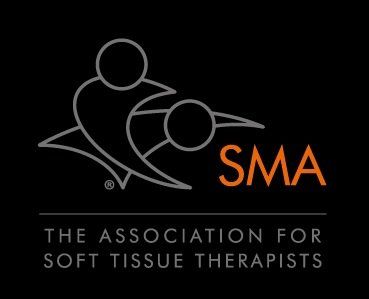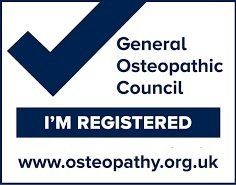Increased Lumbar Spine Lordosis & Lower Back Pain

Increased lumbar lordosis, an exaggerated c-shaped curve of the lower spine, is often associated with muscle imbalances - particularly tight hip flexors and lower-back extensors combined with weak abdominal and gluteal muscles. This imbalance tilts the pelvis forward (anterior pelvic tilt), increasing pressure on the lumbar vertebrae and intervertebral discs, which can contribute to chronic pain and reduced mobility. Research has shown that changing the position of the pelvis directly affects the degree of lumbar curvature, supporting the idea that pelvic alignment is key to managing lordosis and related pain (5).
How core and pelvic-tilt exercises help reduce lumbar lordosis and low-back pain
Targeted core-strengthening exercises, especially those that recruit the deep stabilising muscles such as the transversus abdominis and multifidus, help improve spinal stability and reduce excessive movement between vertebrae. Clinical trials and systematic reviews have demonstrated that core-stabilisation programmes significantly reduce pain and improve function in people with non-specific low-back pain compared to general exercise or minimal intervention (6, 7).
Pelvic-tilt exercises and strengthening of the posterior pelvic muscles (such as the gluteus maximus and hamstrings) can further help by correcting anterior pelvic tilt. By encouraging a more neutral pelvic position, these exercises decrease the excessive curvature of the lumbar spine and reduce pressure on spinal joints and discs. Several studies have found that combining pelvic-tilt retraining with abdominal and hip-stabilising exercises can measurably reduce anterior pelvic tilt and improve lumbar posture (2, 3).
In practice, the most effective approach integrates both core and pelvic exercises rather than focusing on one area alone. Teaching deep core activation (such as the abdominal-drawing-in manoeuvre), progressing to controlled stability drills (like planks or dead bugs), and combining these with hip-flexor stretching and gluteal strengthening can restore a more neutral pelvic alignment. Evidence indicates that such integrated programmes improve motor control, reduce excessive lumbar lordosis, and alleviate lower-back pain for many patients, although long-term structural reversal of degeneration may vary between individuals (1, 4).
References
- Akhtar, M.W., Karimi, H., & Gilani, S.A. (2017). Effectiveness of core stabilization exercises versus routine physiotherapy in chronic low back pain. Journal of Physical Therapy Science, 29(8), 1444-1448.
- Brekke, A. F., Overgaard, S., Hróbjartsson, A., & Holsgaard-Larsen, A. (2020). Non-surgical interventions for excessive anterior pelvic tilt in symptomatic and non-symptomatic adults: A systematic review. EFORT Open Reviews, 5(1), 37-45. https://doi.org/10.1302/2058-5241.5.190017.
- Ghadirian Marnani L., Fatahi H., Esmaeilian M., Rostami S.” (2024/2025) — The Effect of Eight Weeks of NASM and Kinetic Chain Training on Lordosis, Pelvic Tilt, and Hip Joint ROM in Individuals with Lower Crossed Syndrome.
- Lee, J.-S.; Kim, T.-H.; Kim, D.-Y.; Shim, J.-H.; Lim, J.-Y. (2015). Effects of selective exercise for the deep abdominal muscles and lumbar stabilization exercise on the thickness of the transversus abdominis and postural maintenance. Journal of Physical Therapy Science, 27(2), 367‑370.
- Levine, D. & Whittle, M. W. (1996). The Effects of Pelvic Movement on Lumbar Lordosis in the Standing Position. Journal of Orthopaedic & Sports Physical Therapy, 24(3), 130–135. Available at: https://pubmed.ncbi.nlm.nih.gov/8866271/
- Puntumetakul, R., Saiklang, P., Tapanya, W., Chatprem, T., Kanpittaya, J., Arayawichanon, P., & Boucaut, R. (2021). The effects of core stabilization exercise with the abdominal drawing‑in maneuver technique versus general strengthening exercise on lumbar segmental motion in patients with clinical lumbar instability: A randomized controlled trial with 12‑month follow‑up. International Journal of Environmental Research and Public Health, 18(15), 7811. https://doi.org/10.3390/ijerph18157811
- Smrcina, Z., Woelfel, S., & Burcal, C. (2022). A systematic review of the effectiveness of core stability exercises in patients with non-specific low back pain. International Journal of Sports Physical Therapy, 17(5), 766–774. Available at: https://pmc.ncbi.nlm.nih.gov/articles/PMC9340836/



